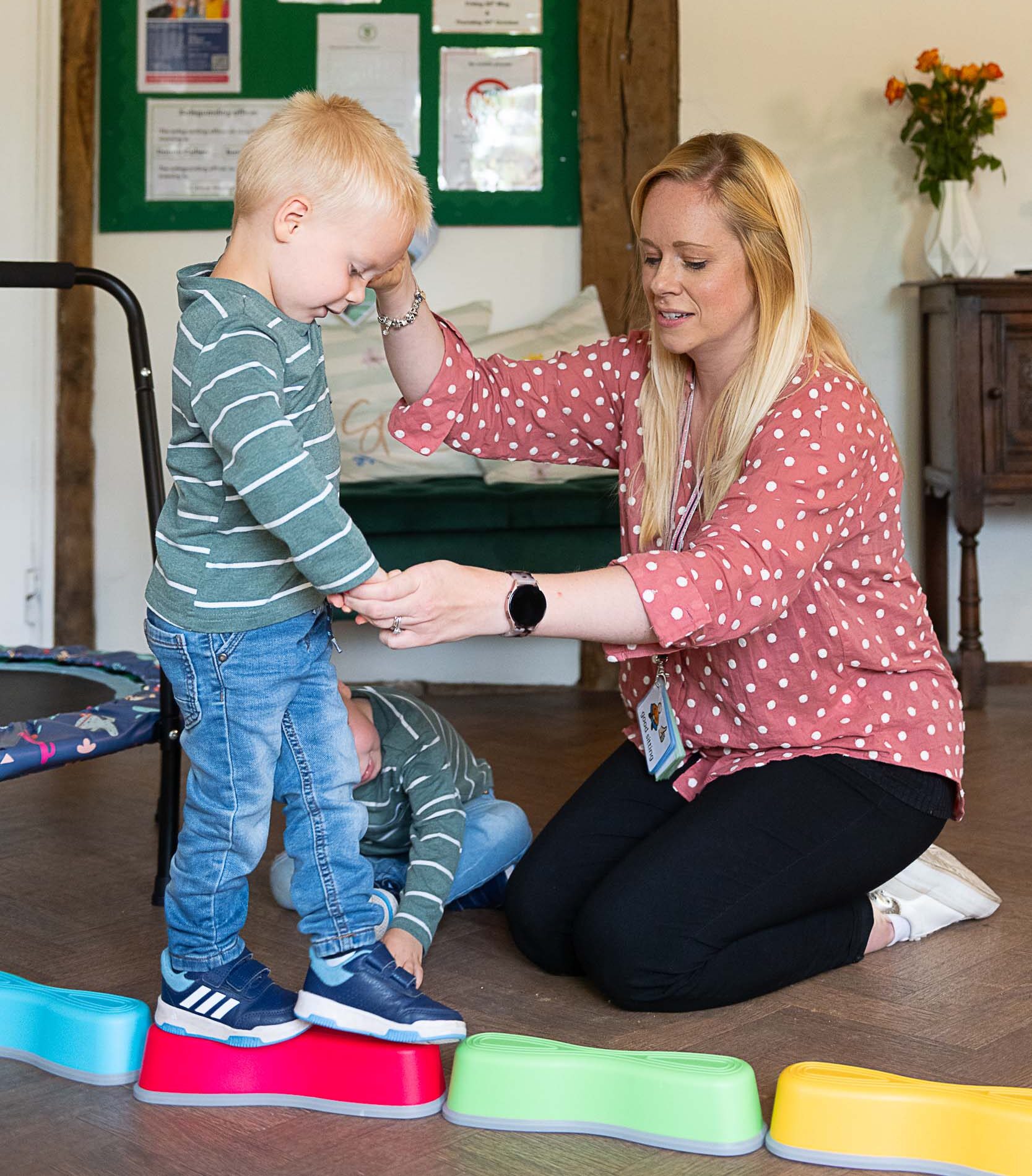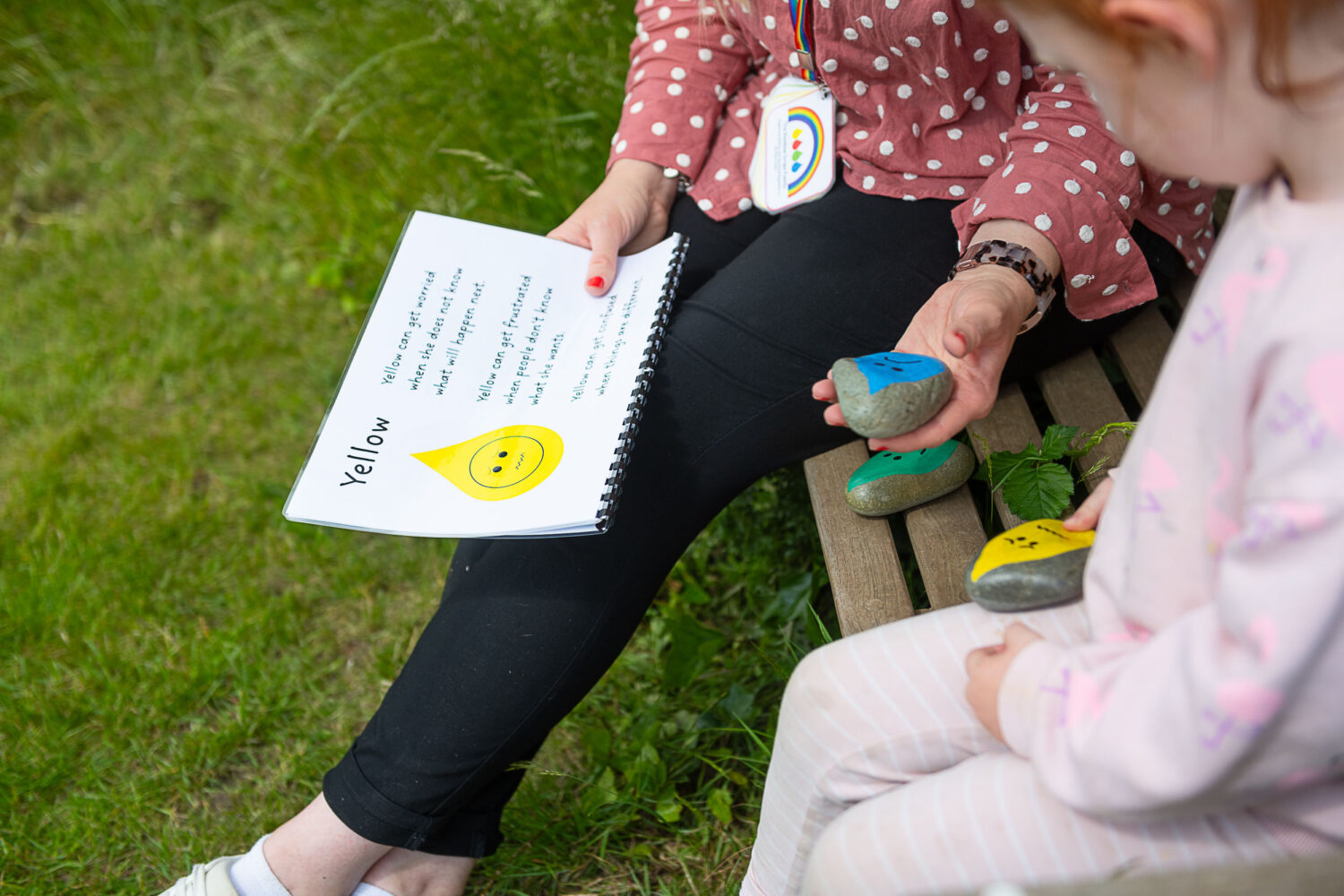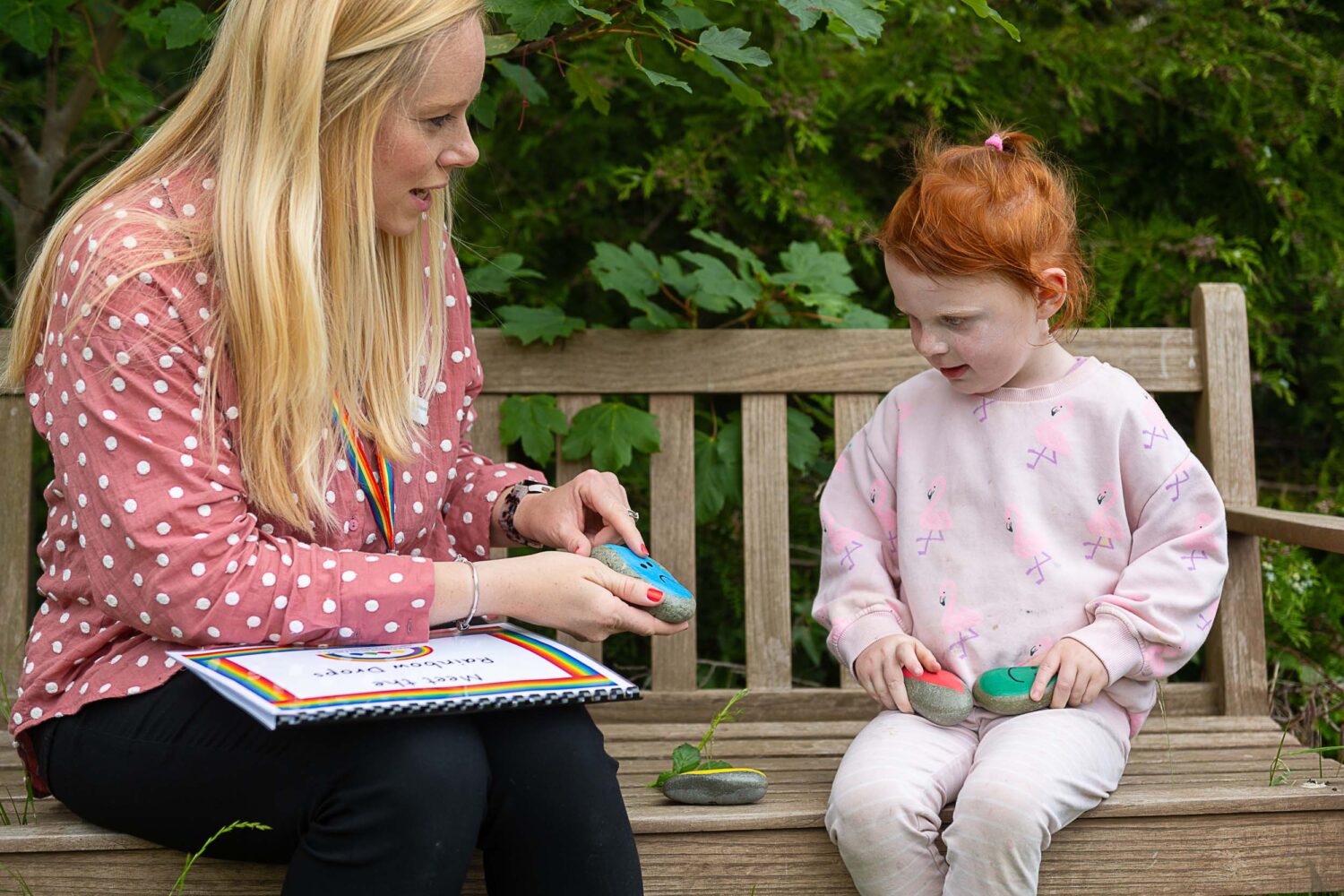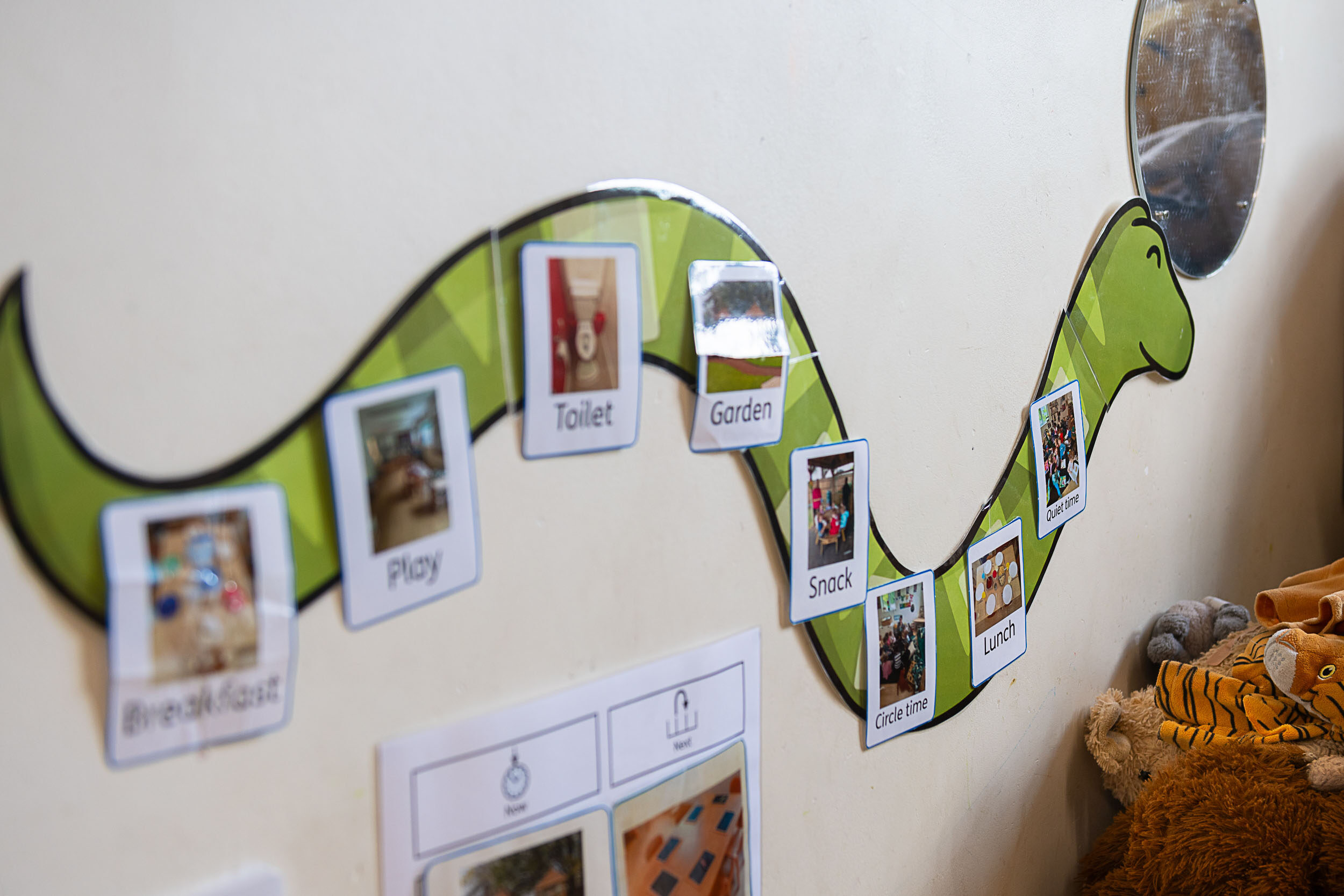Yum! This website uses cookies!
Not the chocolate chip kind, but the ones explained in our privacy policy and cookie policy. If you agree to their use please click the accept button below.
Not the chocolate chip kind, but the ones explained in our privacy policy and cookie policy. If you agree to their use please click the accept button below.
The SEND Code of Practice is statutory guidance for organisations that work with and support children with special educational needs and disabilities. It sets out duties, policies and procedures relating to Part 3 of the Children and Families Act 2014 and associated regulations, and it applied to England.
The Code of Practice (2014) covers the 0-25 age range. It includes guidance relating to dispbled children and young people, as well as those with special educational needs (SEN). Disabled children and young people may not have SEN, but are covered by this guidance as well as the Equality Act 2010.

As a nursery, we support your child in a number of different ways. Our nursery teams will plan and use a range of experiences and activities to support your child to progress and succeed. Sometimes, children need extra help- this does not necessarily mean your child has SEN. If this happens, our team caring for your child will use different scaffolding strategies, interventions or individualised plans to help them catch up.
Our team make ongoing assessments and will regularly check your child’s progress and identify any struggles they may be having.


Support can take many forms and could include:
If your child has not made the expected progress over a period of time, even with support and provisions put in place by our team, then your child may need ‘SEND support’. This is a four stage cycle, also known as ‘the graduated approach’. SEND support is help that is additional to or different from the support that is generally given to most children of the same age. The purpose of SEND support it to help your child progress with their learning and development.


The graduated approach starts at a nursery wide level, where our teams are continually assessing, planning, implementing and reviewing their approach to supporting all children in the nursery. However, where a potential special educational need has been identified, this process becomes more personalised to your child and their needs.
Assess: Our team will work closely with Nicole or Claire (SENDco) to assess exactly what your child’s needs are so that they can be given the right support. We will involve you in this whole process and seek your child’s views.
Plan: If we decide that your child needs SEND support, we will discuss this together. Every 8 weeks, we will offer you the opportunity to meet with your child’s Key Person, to agree and plan the next steps. You will be given the opportunity to give your views on the suggested targets.
Do: Nicole and Claire will work with the team, offering support to help them put any provisions into place.
Review: Together, we will review your child’s progress and the difference that the additional help has made. You and your child will be involved in reviewing and planning the next step. If we feel that your child has not responded as we had hoped to the help they were given, we will all decide together what can be done next. This could be extra or different help and could also involve other professionals from external services.



